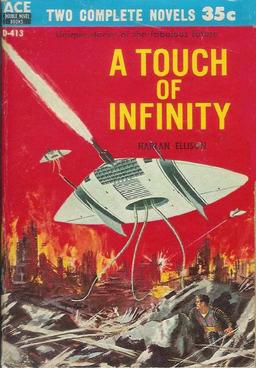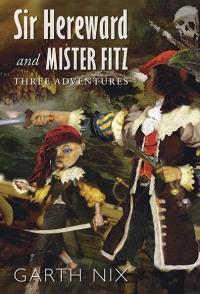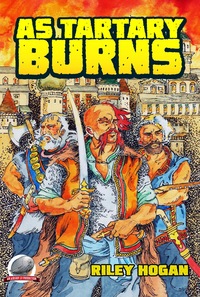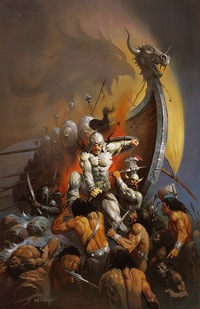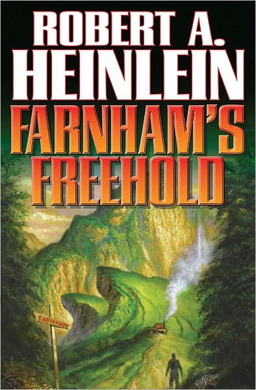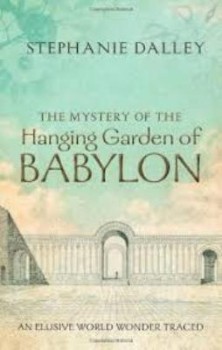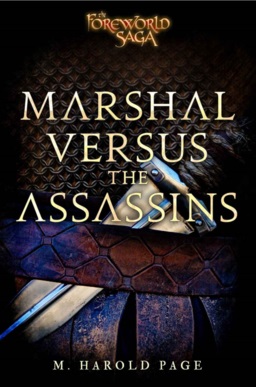Self-published Book Review: Sorcerer Rising by E. Nathan Sisk
After a month off, I’m ready to start reviewing self-published books again. I haven’t received many new books recently, so if you have a book you’d like me to review, please follow the submission guidelines here. The fewer submissions I receive, the better your chances of getting a review. Meanwhile, this month’s book is Sorcerer Rising by E. Nathan Sisk. A submission which I received in December, not coincidentally.
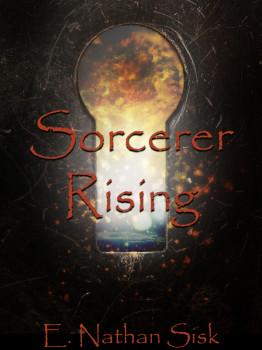 The titular sorcerer in Sorcerer Rising is one Virgil McDane. The word “sorcerer” can mean different things in different books. In some books, sorcerer, wizard, witch, and magician are all terms for the same thing. And in others, they’re very different. In Virgil’s world, a world a lot like ours, except that magic is real and public (and as a result technology is different but recognizable), the real difference is that wizards are part of the Guild, trained in its magic and responsible for following its rules, and sorcerers are self-taught. (I’m still not sure what the deal is with witches, just that Virgil considers them scarier than wizards.) Virgil is a sorcerer, but he used to be a wizard. When he was kicked out of the Guild for an act of desperation, he was Branded, and everything the guild taught him was taken away. He had to relearn magic on his own, and thus he is a Sorcerer, working outside the Guild, scraping together a living doing jobs that wizards won’t do.
The titular sorcerer in Sorcerer Rising is one Virgil McDane. The word “sorcerer” can mean different things in different books. In some books, sorcerer, wizard, witch, and magician are all terms for the same thing. And in others, they’re very different. In Virgil’s world, a world a lot like ours, except that magic is real and public (and as a result technology is different but recognizable), the real difference is that wizards are part of the Guild, trained in its magic and responsible for following its rules, and sorcerers are self-taught. (I’m still not sure what the deal is with witches, just that Virgil considers them scarier than wizards.) Virgil is a sorcerer, but he used to be a wizard. When he was kicked out of the Guild for an act of desperation, he was Branded, and everything the guild taught him was taken away. He had to relearn magic on his own, and thus he is a Sorcerer, working outside the Guild, scraping together a living doing jobs that wizards won’t do.
At the beginning of Sorcerer Rising, that job is smuggling. Across the world are scattered clouds, mists of pure Aether, and in each cloud is a world. How the world is formed is not fully explained, but it seems that raw Aether can be influenced by the human mind and the first people to visit a world do a lot to shape what it becomes. The Guild controls access to most of these clouds, as they have the knowledge and magic to safely enter and return. They can also Inhale things in these clouds, storing them in their minds, later Exhaling them into the world. Most of the Guild’s wealth comes from trade with these clouds, retrieving rare and valuable materials and bringing them back to the mundane world.
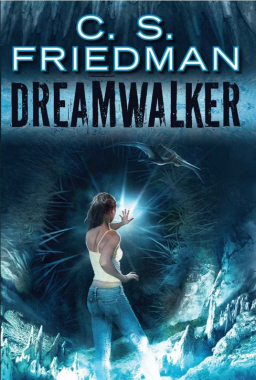
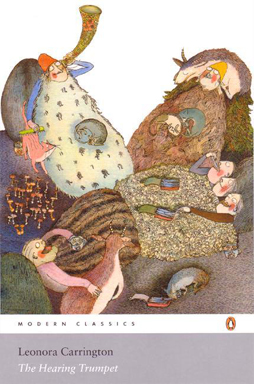 A little while ago, I followed a retweeted link to
A little while ago, I followed a retweeted link to 